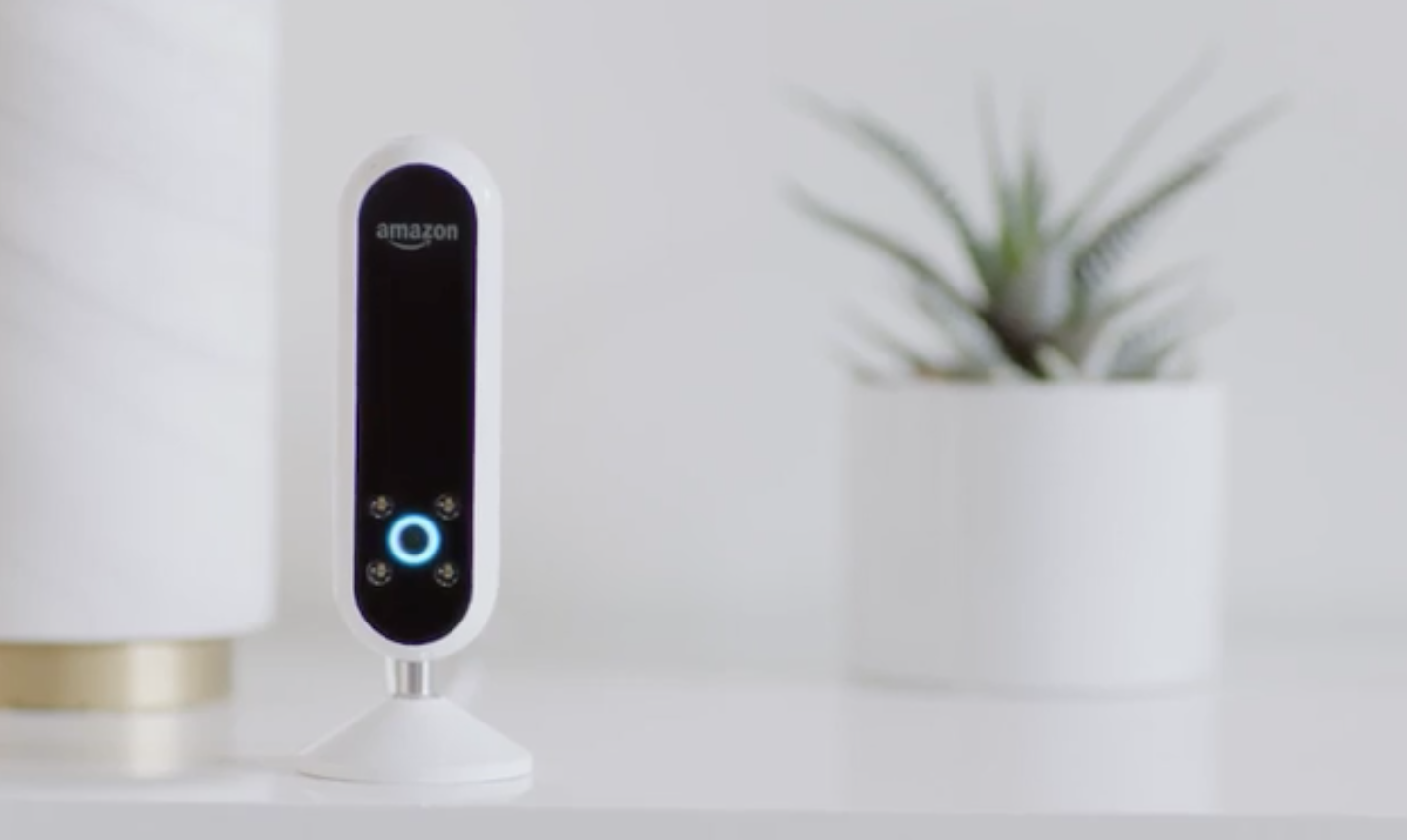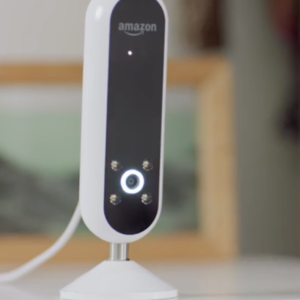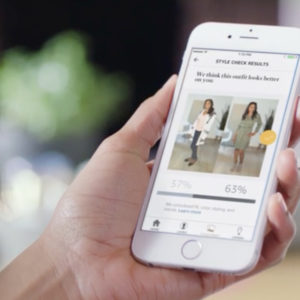What Happened
In honor of the National Donut Day, Dunkin’ Donuts became the latest brand to experiment with sponsored selfie lenses, a novel, camera-based ad unit that has been gaining traction among brands seeking to reach younger consumers on messaging platform. To celebrate the unofficial holiday, the Boston-based brand is running its first sponsored selfie lens on Snapchat, which will turn a user’s face into a donut. Along with the lens, the brand is also placing sponsored Geofilters in various locations around the country and will be running Snap Ads to promote a frozen coffee drink.
Meanwhile on Kik, Dunkin’ Donut will be the first brand to try out the branded video sticker, which, similarly to the selfie lenses, overlays a sticker on a user’s face during video calls (although it does not integrate the facial features as the lenses do). The brand created three different donut-themed video stickers that Kik users can have fun goofing up their video chats with.
What Brands Need To Do
With the proliferation of face-altering lens feature across messaging and social platforms, mainstream consumers are increasingly getting accustomed to these camera-powered AR features as a result. This is what is laying the groundwork for mobile-powered augmented reality to take off, which will allow brands to infiltrate their target audience’s photos and videos via sponsored Lens or branded AR objects.
Besides, this is a good time to think about ways for augmented reality to drive new opportunities for your brand. AR can, for example, be a great way for customers to envision your products in their lives and to launch digital experiences from signage or product packaging. What we can do now through a smartphone is just the beginning. As Microsoft’s HoloLens, Magic Leap, and the rumored Apple glasses roll out over the next few years, a lot more will become possible.
Source: AdWeek








